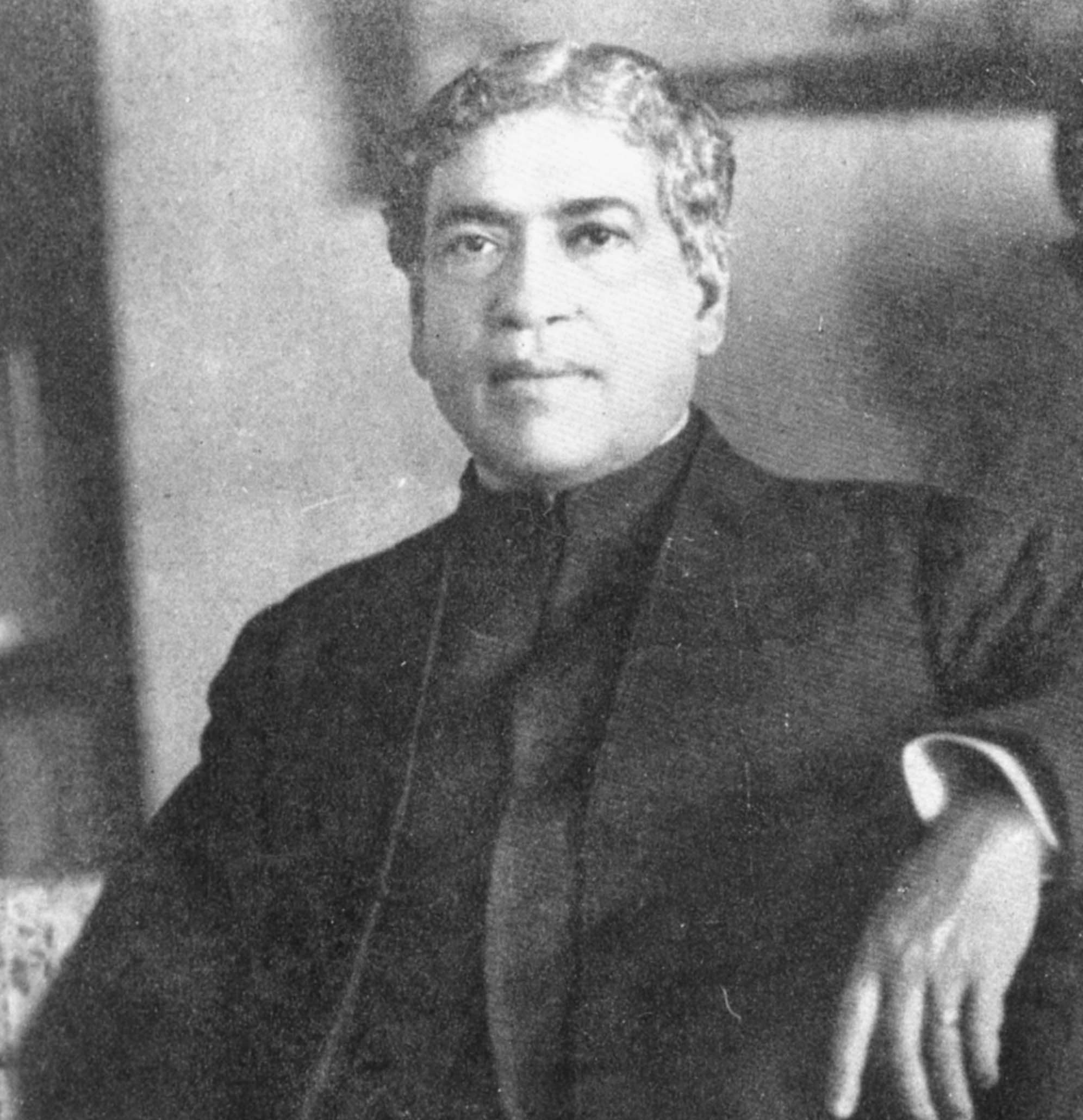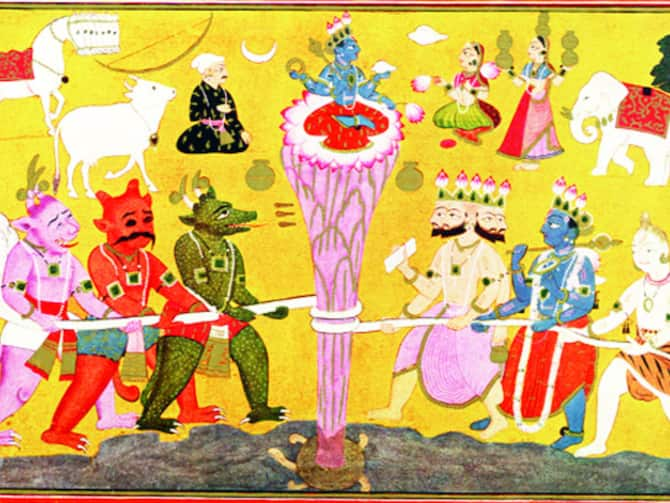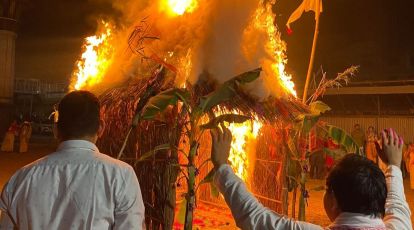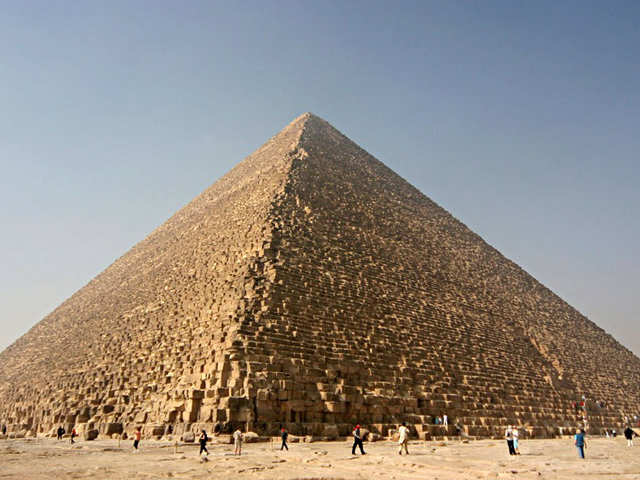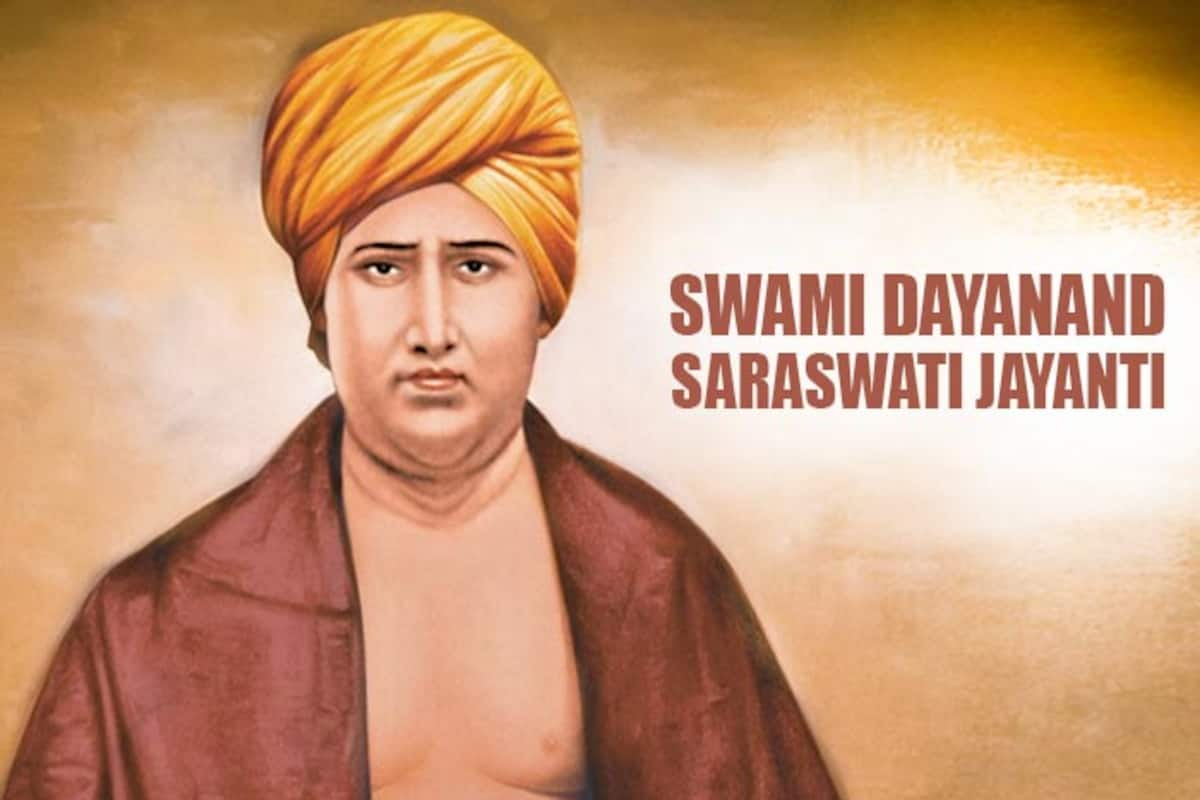The Indian National Trust for Art and Cultural Heritage (INTACH) has urged the government to protect historically significant structures such as the 600-year-old ‘Vilakkumadom,’ a magnificent granite edifice at the Sree Mahavishnu Temple in Thirunelly, Wayanad district.
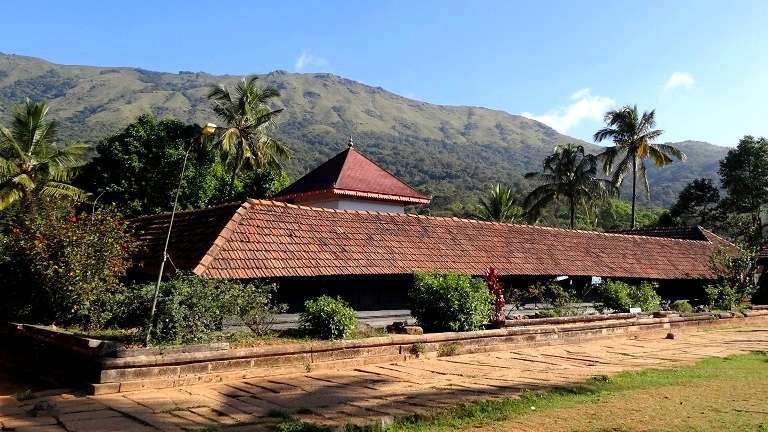
About Thirunelly Temple
- The temple, also known as Sahyamala Kshetram, is dedicated to Lord Vishnu.
- It is also known as the ‘Kashi of the South’ and is an important pilgrimage site for Hindus.
- It is situated at the junction of three rivers: the holy river Papanasini, which is said to have the capacity to wash away sins, the Kudamurutti, and the Koothappuzha.
- The temple has a one-of-a-kind circular edifice made of granite stones that is thought to have been built by Lord Brahma himself.
- It contains lovely architecture with elaborate carvings, mural paintings, and sculptures.
- Several festivals are held in the temple throughout the year, including Vishu, Navaratri, and the Thirunelli festival.
Renovation strategy
- Except for the balikkalpura structure on the front side, the renovation works include the reconstruction of the chuttambalam or structure surrounding the sanctum sanctorum.
- The vilakkumadam, a magnificent granite edifice with a history reaching back to the 15th century AD, will also be completed as part of the rehabilitation work.
- The panchatheertham pond and the walkway to the papanasini bath ghat, where worshippers perform the bali rite, are also being renovated.
Why is this in the news?
- The temple edifice has a history that dates back to the 15th century AD, and stories about the temple’s architecture and style are associated with it.
- There is concern over the loss of valuable precincts and the degradation of heritage under the pretence of renovation.
- The incomplete structure, which stood as a testament to a rich cultural legacy, was redesigned insensitively.
Source: https://www.thehindu.com/news/national/kerala/call-to-protect-historically-significant-structures-at-thirunelly-temple/article66777877.ece

